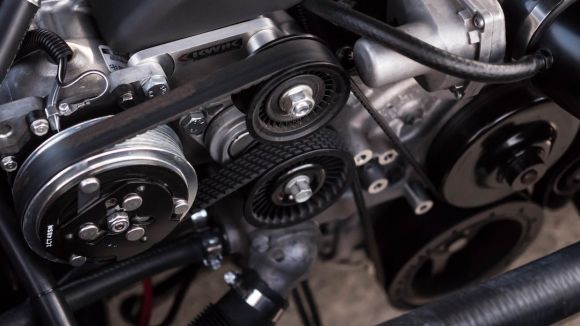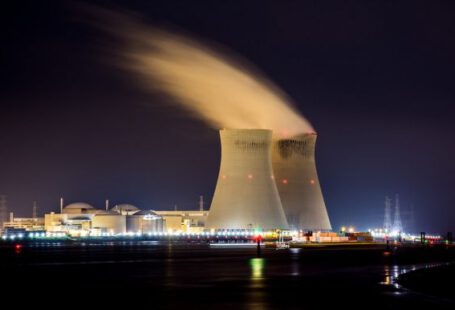The invention of the car engine revolutionized transportation and paved the way for modern society as we know it. Over the years, car engines have undergone significant changes and advancements, transitioning from steam-powered engines to the more efficient and powerful combustion engines we use today. This article delves into the fascinating evolution of the car engine, highlighting the key milestones and innovations that have shaped the automotive industry.
Steam Power: The Birth of the Car Engine
The first car engines were powered by steam, a technology that had been in use for centuries. In the early 18th century, inventors like Thomas Savery and Thomas Newcomen developed steam engines that were initially used in industries such as mining and agriculture. However, it wasn’t until the late 18th century that the first steam-powered vehicles, also known as steam carriages, were introduced.
These early steam engines relied on the expansion and contraction of steam to generate power. They were bulky and inefficient, requiring a significant amount of time to build up pressure and produce sufficient power. Despite their limitations, steam engines played a crucial role in the development of the car engine, laying the groundwork for future advancements.
The Birth of the Combustion Engine
The transition from steam to combustion engines began in the late 19th century when inventors sought to create a more efficient and compact alternative. In 1876, Nikolaus Otto developed the first successful internal combustion engine, commonly known as the Otto engine. This engine was powered by the controlled explosion of a fuel-air mixture within a cylinder, producing mechanical energy.
The Otto engine marked a significant turning point in the evolution of car engines. Its compact size and improved efficiency made it ideal for automotive applications. This led to the birth of the first gasoline-powered cars in the late 19th and early 20th centuries, heralding a new era in transportation.
The Rise of the Four-Stroke Engine
The four-stroke engine, also known as the Otto cycle engine, became the standard design for car engines. This type of engine comprises four distinct stages: intake, compression, combustion, and exhaust. Each stroke is crucial in the conversion of fuel into mechanical energy.
During the intake stroke, the fuel-air mixture is drawn into the cylinder. The compression stroke compresses the mixture, increasing its temperature and pressure. The combustion stroke ignites the mixture, causing an explosion that pushes the piston downward. Finally, the exhaust stroke expels the spent gases from the cylinder.
The four-stroke engine provided a more efficient and reliable power source for cars. It offered improved fuel economy and increased power output, enabling vehicles to travel longer distances at higher speeds.
Advancements in Fuel Injection and Turbocharging
In the mid-20th century, advancements in fuel injection and turbocharging further enhanced the performance of car engines. Fuel injection systems replaced carburetors, allowing for more precise fuel delivery and better combustion control. This resulted in improved fuel efficiency and reduced emissions.
Turbocharging, on the other hand, increased engine power by forcing more air into the combustion chamber. By compressing the intake air, turbochargers enabled smaller engines to produce more power, leading to the development of smaller and more fuel-efficient cars.
The Future of Car Engines: Electrification and Beyond
In recent years, the automotive industry has seen a shift towards electric and hybrid vehicles. Electric engines offer several advantages, including zero emissions and instant torque. However, the widespread adoption of electric cars still faces challenges such as limited range and the availability of charging infrastructure.
As technology continues to advance, we can expect further innovations in car engines. From improved battery technology to alternative fuel sources, the future of car engines holds the promise of even greater efficiency and sustainability.
In conclusion, the evolution of the car engine has been a remarkable journey from the steam-powered engines of the past to the efficient combustion engines we use today. Through advancements in design, fuel injection, and turbocharging, car engines have become more powerful, reliable, and fuel-efficient. As we look toward the future, electrification and other emerging technologies will shape the next chapter in the ongoing evolution of the car engine.





